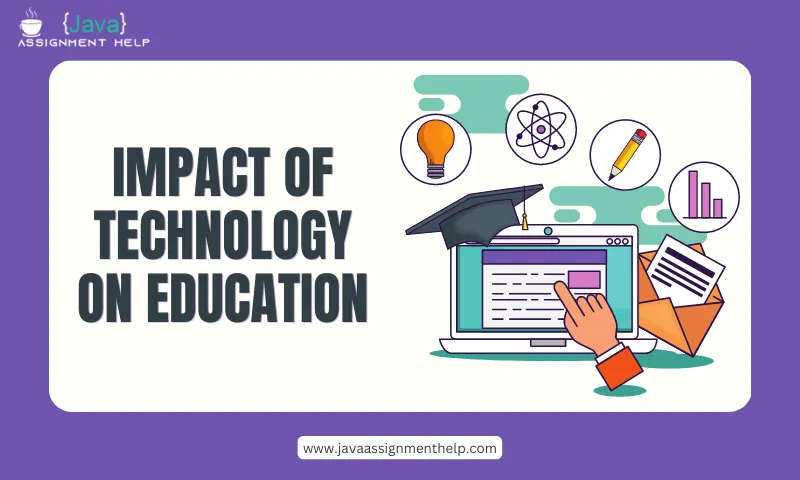As a parent, one of the most important decisions you will make for your child is deciding how they will be educated. With the rise in popularity of homeschooling, many parents are now considering this alternative to traditional schooling. However, choosing between homeschooling and traditional schooling can be a challenging decision. Each option has its pros and cons, and it ultimately depends on what works best for your family.
Homeschooling
Homeschooling is an alternative to traditional schooling that involves parents taking control of their children’s education. Parents choose the curriculum, schedule, and teaching methods, tailoring the education to fit their child’s individual needs and interests. Homeschooling can be done at home, online, or in co-ops with other homeschooling families.
Pros of Homeschooling:
Tailored Education: Homeschooling allows for a personalized education that is tailored to each child’s individual needs and interests.
Flexibility: Homeschooling offers parents the flexibility to create their schedules and adjust them as needed. This is especially beneficial for families with busy schedules or children with special needs.
Stronger Family Bonds: Homeschooling provides an opportunity for families to spend more time together, fostering stronger bonds. Parents can be more involved in their children’s education, creating a closer relationship and a deeper understanding of their child’s needs and interests.
Safe Learning Environment: In homeschooling, parents can control the learning environment and ensure that their children are safe and comfortable. This is especially important for children with allergies, anxiety, or other conditions that may affect their learning experience.
Cons of Homeschooling:
Socialization: One of the biggest concerns with homeschooling is socialization. Homeschooled children may miss out on the socialization opportunities that traditional schools provide.
Lack of Structure: Homeschooling can be unstructured, which may not work for all children. Some children may need the structure and routine that traditional schools provide.
Limited Resources: Homeschooling can be expensive, and not all families have the resources to provide their children with the education and materials they need.
Traditional Schooling
Traditional schooling is the most common form of education in which children attend a public or private school. Children are taught by trained teachers who follow a set curriculum and schedule. Traditional schools offer a structured environment with access to resources and socialization opportunities.
Pros of Traditional Schooling:
Socialization: Traditional schools provide children with ample opportunities for socialization, which is important for their social and emotional development.
Resources: Traditional schools offer access to a wide range of resources, including textbooks, technology, and extracurricular activities.
Trained Teachers: Traditional schools have trained teachers who follow a set curriculum and are equipped to handle a variety of learning styles and needs.
Extracurricular Activities: Traditional schools offer a range of extracurricular activities, such as sports teams and clubs, which allow children to pursue their interests and passions.
Cons of Traditional Schooling:
Lack of Personalization: Traditional schools offer a one-size-fits-all approach to education, which may not work for all children. Children may not receive the individualized attention and tailored education they need.
Lack of Flexibility: Traditional schools have a set schedule, which may not work for families with busy schedules or children with special needs. It can also be difficult for families to make changes to their schedules or take extended vacations during the school year.
Safety Concerns: Traditional schools can have safety concerns, such as bullying or violence, that can affect a child’s learning experience.
Large Class Sizes: Traditional schools can have large class sizes, which can make it difficult for teachers to provide individual attention to each child.
Which Option is Right for Your Family?
Deciding between homeschooling and traditional schooling ultimately depends on what works best for your family. Consider your child’s individual needs and learning style, as well as your family’s schedule and resources. Here are some questions to ask yourself when making your decision:
How does my child learn best? Some children thrive in a structured environment with set schedules, while others may benefit from a more personalized approach.
What is our family’s schedule like? Homeschooling may be a better option for families with busy schedules, while traditional schooling may be a better option for families who need a set schedule.
What resources do we have available? Homeschooling can be expensive, and not all families have the resources to provide their children with the education and materials they need.
How important is socialization to us? Traditional schools offer more opportunities for socialization, but homeschooling can also provide socialization opportunities through co-ops and extracurricular activities.
Ultimately, both homeschooling and traditional schooling can provide a quality education for your child. The key is to find the option that works best for your family’s individual needs and preferences.
Conclusion
Choosing between homeschooling and traditional schooling can be a challenging decision for parents. Each option has its pros and cons, and it ultimately depends on what works best for your family. Homeschooling provides a personalized education and flexibility, while traditional schooling offers access to resources and socialization opportunities. Consider your child’s individual needs and learning style, as well as your family’s schedule and resources, when making your decision. Whichever option you choose, remember that both homeschooling and traditional schooling can provide a quality education for your child.




